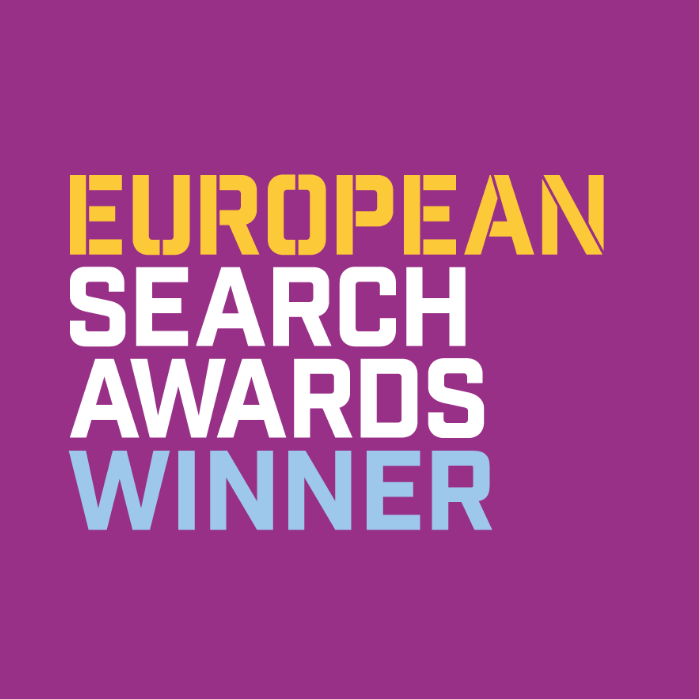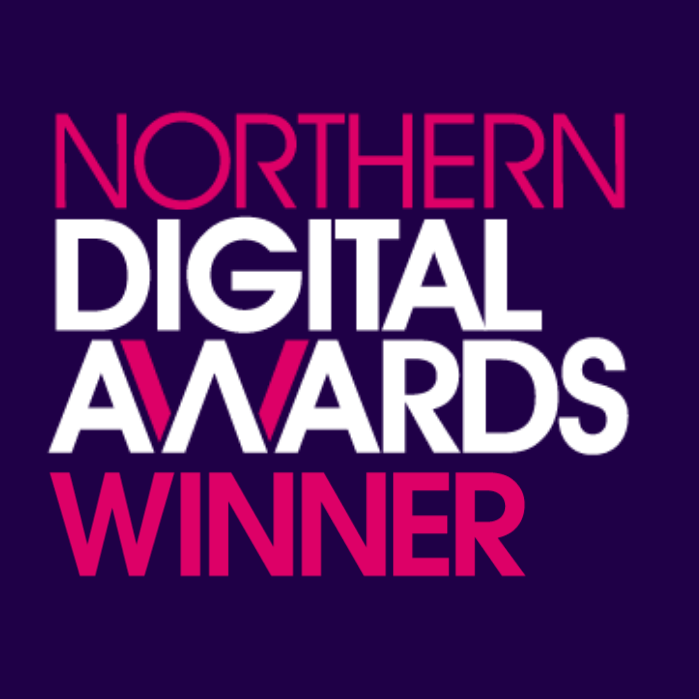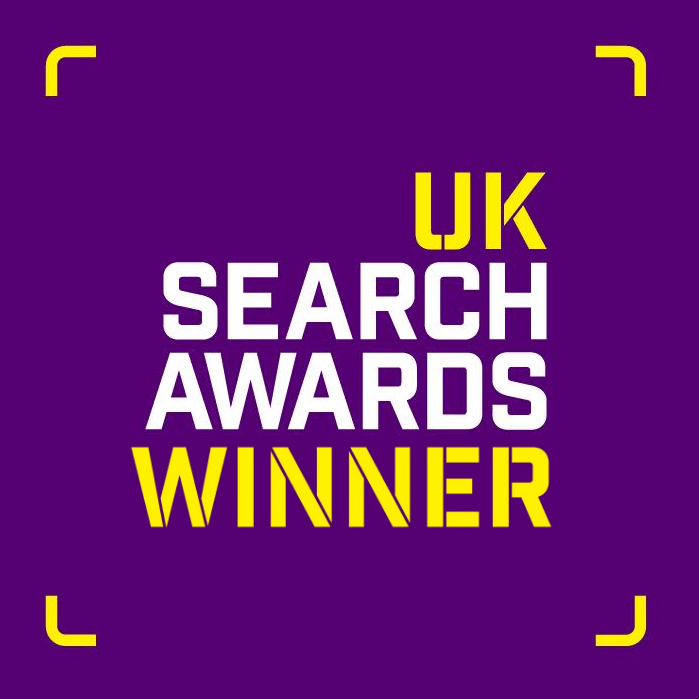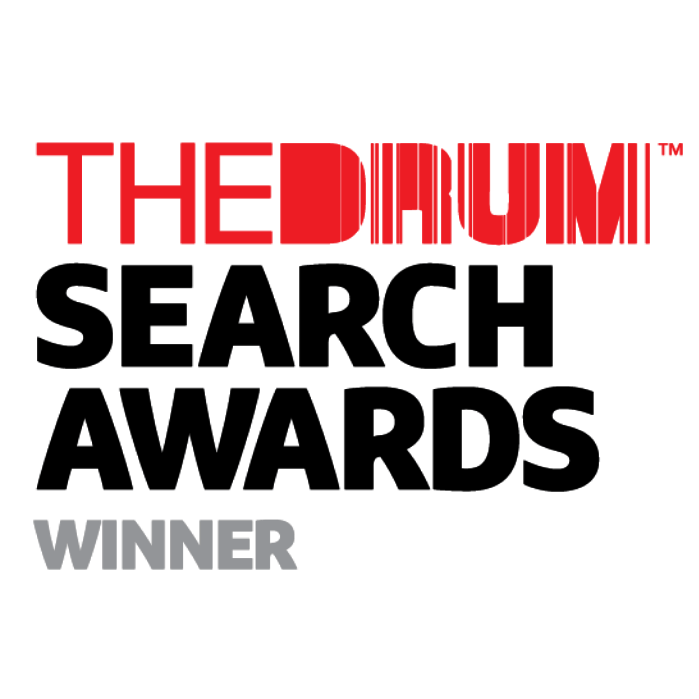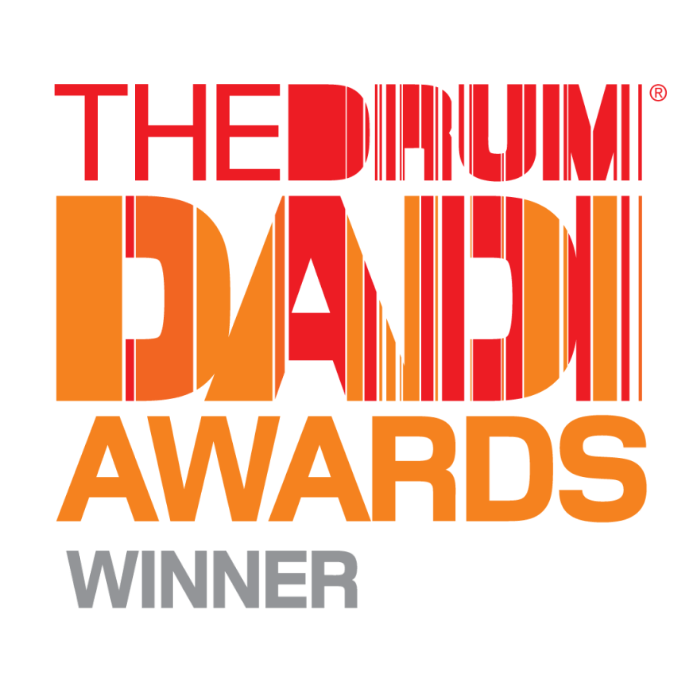Key Digital PR takeaways from BrightonSEO Summer 2021
July saw hot, sunny days, and also this summer’s BrightonSEO event! Although it wasn’t possible to physically attend this year’s event, the team at BrightonSEO really pulled it off with a week’s worth of in depth and informative webinars.
From data to digital PR, a range of talks were available from expert agencies and freelancers across the country. The PR and Content team at Blueclaw all tuned in amidst busy schedules to take notes on tips, tricks and myth busters surrounding SEO and Digital PR.
Here’s our key takeaways from the week:
Our first highlighted talk was ‘Love the Way You Link’, which focused on the importance of being able to clearly communicate link building with clients. Tilly Haines, Campaign Executive at Seeker Digital, discussed how we can lean on SEO tools to create understandable link reports for clients.
These kinds of reports communicate the importance of links, which are sometimes dismissed as a key pillar of SEO, and visibly show how these links benefit a site’s ranking position.
Tilly showed one tool that particularly interested our team, SEOMonitor. By inputting links to SEOMonitor, you can show a direct correlation between links built and target ranking positions. Therefore, any movements shown are visible and clear for clients.
Staying on the subject of links was Sarah Fleming, Creative Digital PR Lead at Kaizen, with her talk ‘The True SEO Value of Links – Nofollow vs Follow Link Experiment’.
Sarah revealed some interesting stats on the value of links, after analysing 20,000 pieces of coverage built by Kaizen.
She found that, while 66% of people are reporting on followed links, and believe they have value, almost 20% of links are nofollow. That’s 1 in 5 links!
Another interesting insight into follow/nofollow links was that the following publications only give nofollow links: Mail Online, The Express, The Mirror, Yahoo, TechRadar and The Evening Standard.
In terms of the value of nofollow links themselves, Sarah revealed that they outranked the results of followed links regarding overall consistent visibility.
Sarah went on to say that the relevance of the linking site has much more of an impact than whether it’s a follow or nofollow link. A balance of both kinds of links is going to be more beneficial than a profile with 100% all followed links.
Now we move onto campaigns and outreach, with Louise Parker, Digital PR Director at Propellernet, on building links without launching a campaign (aka spending time and monies).
Louise divulged a number of ways of getting press, without splashing the cash on big campaigns or content pieces.
One method she suggested is using clients’ existing content, such as blogs and data sets, to rework them for PR opportunities. You could reevaluate the story and find a relevant tie in (an ‘annual day’ might be coming up, for example).
This would allow you to create a plan of how you can promote a client’s existing blogs/stories, in order to repromote the content with a fresh twist.
Another way is to consider asking journalists directly to include links in your outreach email. She gave a suggested format of how to do this, as pictured below:
As we can see in pink, the request is clear but polite, and gives the journalist all the information necessary to build that link.
In order to find specific targets to outreach to, Louise also suggested using the following Google parameters to find relevant outlets:
The next talk we found particularly useful here in the PR and Content team, was hosted by former journalist Surena Chande, now a freelance content editor.
Surena gave tips on how to plan your content and make it pop for journalists.
She recommended for stories revolving around specific or annual dates (giving World Bicycle Day as an example), send the release and/or content weeks in advance. Journalists are on top of dates and will be filing copy well before the actual day – even if it doesn’t go live. So, being prepared with your calendars is key!
Regarding pitching to journalists, Surena was firm on the fact that headlines/subject lines must be kept to 10-12 words. If not, the rest of it will get cut off in inbox previews.
She advised to tell journalists exactly what they are getting, and to cut the fluff. This means giving them the top hook, and results from data findings, without being a tease.
For example, look at the difference between Revealed: Manchester is the UK’s best city and Revealed: UK’s favourite city.
According to another BrightonSEO speaker, Laura Wilson, Digital PR Manager at Shout Bravo, top journalists receive 800+ emails daily. Therefore, making your headlines stand out, as well as clear, is a must.
In addition to this, Surena advised on trying to insert keywords (subject or location, for example) in the headline as early as possible. Again, this tells the journalist exactly what they’re getting.
Lastly, for journalists to be able to receive your pitch or press release clearly, Surena said to avoid placing visual assets within the email where possible. Sometimes, attachments are too large, sometimes inboxes are too small.
According to Surena, to get your pitch across in one piece, either attach a transfer link or just leave it out, and let your words do the work.
So, to sum up our key takeaways from this year’s BrightonSEO summer event:
SEO tools are your friends for communicating link success to clients, and nofollow links are far more common than you think.
Plus, you don’t have to create massive campaigns to get press, and journalists’ inboxes are jam packed so make those headlines stand out!
We’re looking forward to hopefully attending September’s BrightonSEO in person!
To continue the conversation on our key takeaways and top Digital PR tactics, get in touch with our award-winning team today!
